

Hackney Brook differs from the other London hidden rivers in that it discharges into the Lea Navigation rather than the Thames and runs west to east. But like the others it has long been culverted and apart from the lie of the land there is no visible sign of what was once a significant river. I again followed the directions in David Fathers' London Hidden Rivers.

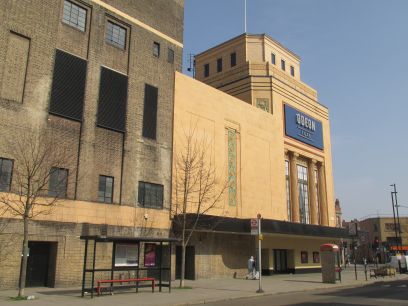
Hackney Brook rises on the lower slopes of Hampstead Heath and I joined it in Whittington Park, named after Dick Whittington, just off the Holloway Road. I used Archway tube station, Upper Holloway is nearer but that bit of the Overground can only really be accessed using the above ground link from Archway - an interchange link shown on the tube map but as far as I could see not signposted at either end. Whittington Park is a fairly small play area. Back on Holloway Road is the Odeon cinema, now a Grade II listed building.


The route of the brook follows Holloway Road down to Arsenal and the first prominent landmark is Arsenal's Emirates stadium, opened in 2006. It was not apparent on Google Street View but there is a public right of way right round the stadium at several levels and it is an impressive building. You can pay to tour inside, but with no interest of the game I gave that a miss. The impressive Ken Friar Bridge, a long time supporter of the club and its new home, crosses the railway line giving access to the station.

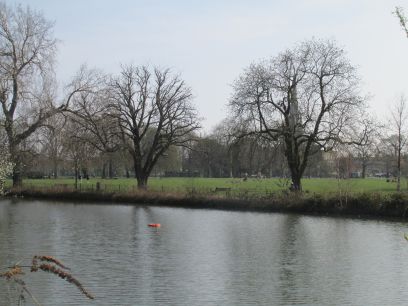
Immediately after the station is Gillespie Park, created in 1983 on former marshalling yards and offers a green retreat in the local community. Then after more streets following the brook I came to Clissold Park, familiar from my Capital Ring and Green London Way walks. The two lakes here were originally formed from the brook, along with the adjacent New River, but like similar lakes are now separated from the water flow.

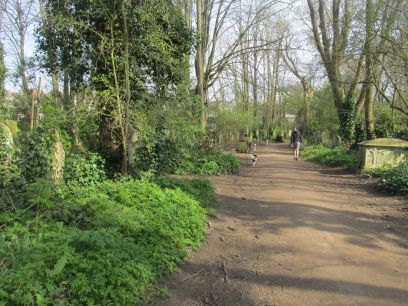
Here I diverted from the suggested route in the book (which went down the not very interesting main road) into Stoke Newington town centre for a bite of lunch at the Nandos there. After refreshment I then went through Abney Park Cemetery. Hackney Brook follows the northern edge of the cemetery (it was already culverted when it was opened in 1840). I could see a dip in the ground along there as if there was a stream flowing by (though dry). Abney Park is a fascinating place and I always find something new and being in the area and not visiting it didn't seem right. They are doing major restoration work on the chapel at the moment and on my way out saw signs that they would be closing my exit gate for related work at 2pm, got out just in time!
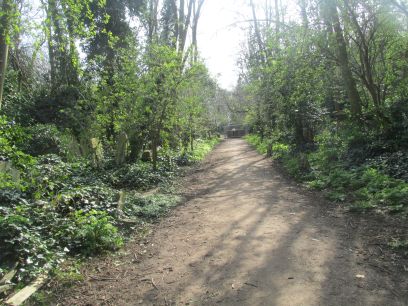
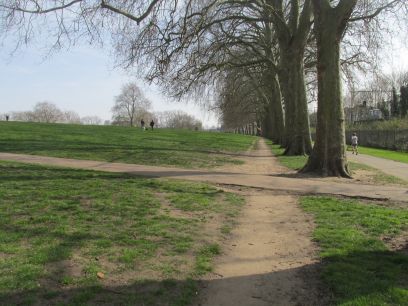
After the cemetery the route follows more main roads down to Hackney Downs. Here again evidence of the brook is very clear with a pronounced dip towards the railway, under which it now runs. A pleasant little area now mainly used for recreation grounds. Out of the downs, first along the railway embankment with lots of small businesses in the archways, then the busy main road, under the A12 interchange, to Hackney Wick station where I caught the train back to Waterloo. The brook continues a short stretch further before joining the Lea Navigation near the Olympic Park. A pleasant if somewhat tiring day.